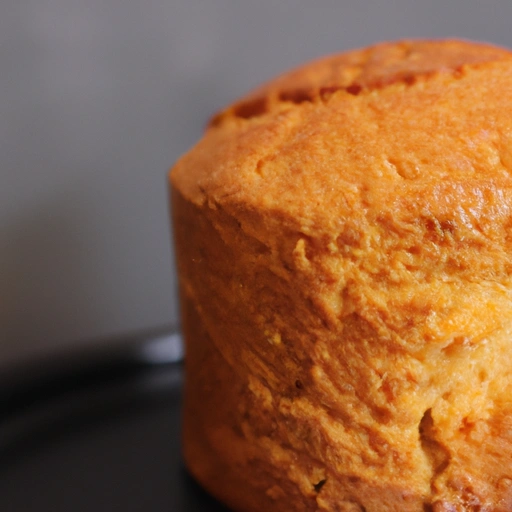Biscuit
Description

A biscuit, in its most common form, is a small, typically round cake of bread leavened with baking powder, baking soda, or sometimes yeast. In European contexts, the term 'biscuit' is synonymous with what Americans refer to as a 'cookie'. However, in American cuisine, a biscuit is a soft bread product, somewhat similar to a scone, but not sweet. The dough for American biscuits is typically made using all-purpose flour, fat (like butter or shortening), a leavening agent, and milk or buttermilk. The exact measurements can vary, but a basic recipe might call for around 250 grams (2 cups in American units) of flour, 120 milliliters (½ cup) of milk or buttermilk, and 60 grams (¼ cup) of butter, along with leavening and a pinch of salt.
Common uses
Biscuits are commonly enjoyed as a standalone snack, a breakfast item, or a side dish to meals. European biscuits, similar to cookies, are often served with tea or coffee, while American biscuits are frequently eaten with gravy, jams, butter, or as part of a meal with fried chicken, eggs, or other breakfast foods.
Nutritional value
Calories
A typical homemade American biscuit of about 60 grams (2 ounces) may contain approximately 180-220 calories.
Protein
The protein content in a similar serving size is usually around 4-5 grams.
Fat
The fat content can range from 6-10 grams depending on the amount and type of fat used in the recipe.
Carbohydrates
Carbohydrates are primarily present in the form of starch from the flour, with a biscuit containing roughly 25-30 grams.
Vitamins
Biscuits may contain small amounts of vitamins such as B vitamins, particularly if made with enriched flour.
Minerals
They may also offer minerals like calcium and iron, though the amounts are generally not significant.
Health benefits
While biscuits are not typically considered health food, those made with whole grain flour can provide more fiber, and when consumed in moderation, they can be included as part of a balanced diet.
Potential risks
High in simple carbohydrates and fats, particularly if made with refined flour and large amounts of butter or shortening, biscuits can contribute to weight gain if consumed in excess. Additionally, those with gluten sensitivities should avoid traditional biscuits made with wheat flour.
Common recipes
Biscuits are a versatile ingredient in both sweet and savory dishes. They can be used in recipes for desserts like strawberry shortcake, as a base for savory dishes like biscuits and gravy, or simply served as a bread accompaniment to a meal.
Cooking methods
Typically, American biscuits are baked in an oven at a high temperature (around 220 degrees Celsius or 425 degrees Fahrenheit) for a short period, usually 12 to 15 minutes, until they are golden brown.
Pairing with other ingredients
Sweet biscuits pair well with tea, coffee, and dessert wines, while savory biscuits are often accompanied by hearty meals, soups, and stews, or used as a base for sandwiches.
Summary
Biscuits are a cherished culinary item enjoyed in various forms around the world. Whether served sweet or savory, they offer comfort and satisfaction to many. While their nutritional content may not make them an everyday food, they can be enjoyed as part of a diverse and balanced diet.